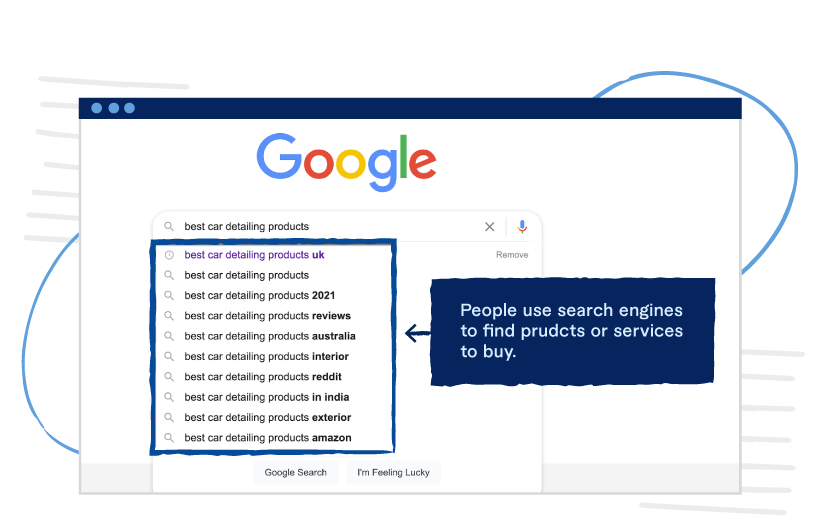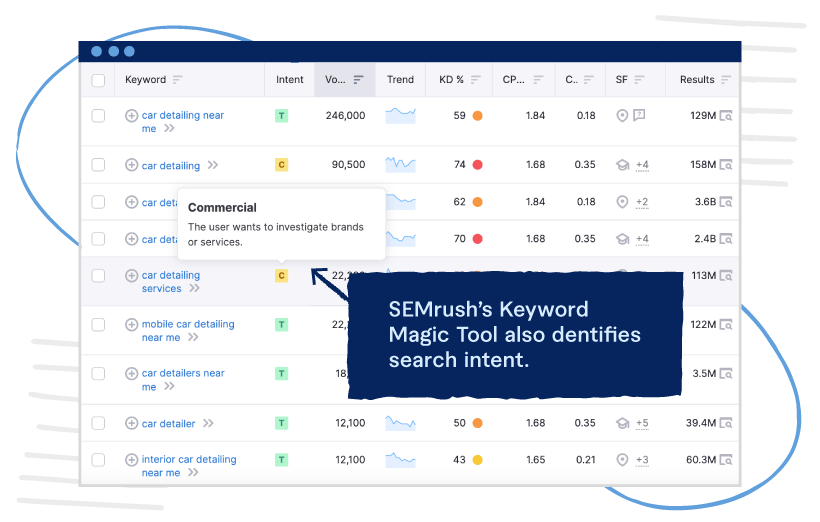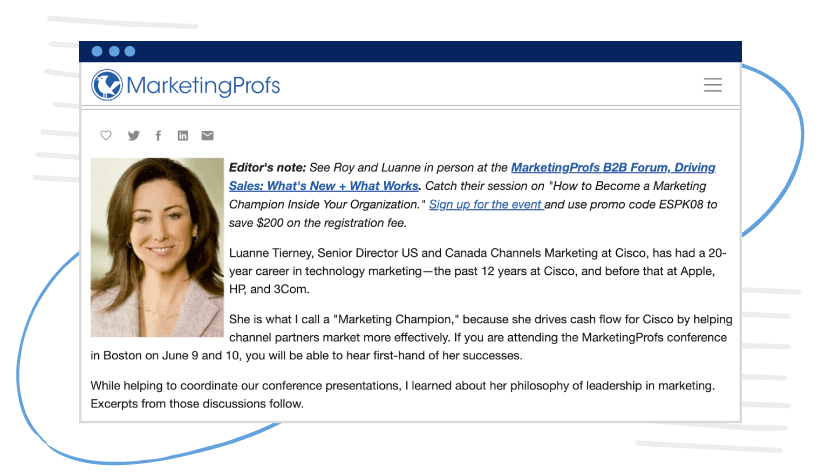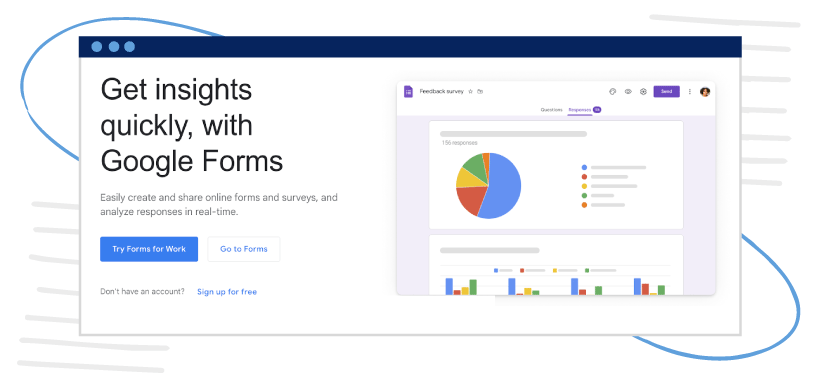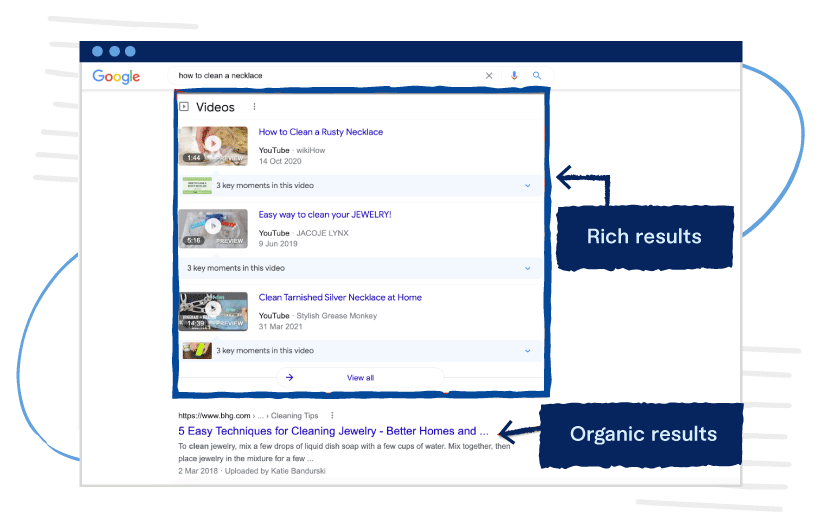Like in most things in business, there is a right and a wrong way of doing things. Apply faulty and outdated SEO tactics, and you’ll only burn through your marketing budget without achieving anything meaningful.
However, apply the best SEO strategies, and you’ll be in marketing heaven.
If you want your content to show up and continue ranking well, there are a few strategies and tactics you’ll need to work on.
What is SEO, and why is it important?
Search Engine Optimization (SEO) refers to the practices that help improve a website’s organic rankings in the search engine results pages (SERPs).
Essential SEO strategies include keyword research, content creation and optimization, and link building.
Aside from generating organic traffic, there are a handful of other reasons why SEO is important.
SEO lets businesses target intent-driven keywords, which can help them generate high-quality leads. After all, customers use search engines to find solutions to their problems.
Image Source: Google.com
Appearing in the search results also improves your brand’s authority and helps you convert prospective leads and recruit potential brand partners. Last but not least, organic traffic from search engines is FREE.
It’s true that comprehensive SEO campaigns aren’t always cheap. But once a business hits its SEO objectives, its potential profits vastly outweigh the cost of maintaining its rankings.
The top 10 most important SEO strategies and tactics
Without further ado, here are the top 10 most important SEO strategies for businesses to master.
1. Spice up keyword research with search intent
Search intent refers to the reason or driving factor behind a user’s query. There are four types of search intent.
- Informational intent: Users who are looking for information.
- Navigational intent: Users who use search engines to find brands or websites they already know.
- Commercial intent: Users who show interest in a particular product or product category.
- Transactional intent: Users who are ready to make a purchase decision.
Optimizing for search intent ensures you provide the right content to the right audience—at the right time.
For example, users with informational intent are best served with “how-to” guides and informative articles. However, users with transactional intent are primed and ready for product landing pages.
Tools like SEMrush make it easy to identify the intent behind keyword suggestions.
To find keywords tied to a specific intent, simply use SEMrush’s “Intent” filter. This will automatically refresh the keyword list with suggestions that align with your target intent.
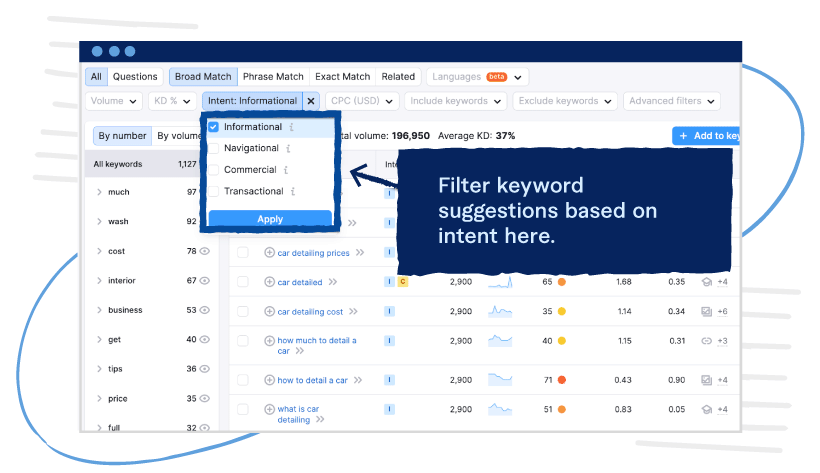
2. E-A-T everything
E-A-T was first introduced by Google back in 2014. It gained a ton of popularity in 2018 when a core algorithm update heavily favored E-A-T guidelines. Even today, established SEO websites continue to publish tips and strategies about Google E-A-T because of the crucial role it plays in SEO.
E-A-T stands for Expertise, Authority, and Trustworthiness. Even though it’s not an official score or ranking factor from Google, it was originally used as a guideline for Google’s team of “quality raters,” or people who manually review content to check the performance of Google’s search algorithm.
While E-A-T isn’t some official score that your content gets, Google’s algorithm favors content that follows E-A-T guidelines. Therefore, using Expertise, Authority, and Trustworthiness guidelines is incredibly important for your content to perform and should be considered when creating and optimizing your content.
What exactly are these three buzzwords? Let’s break each one down into actionable tips.
Expertise
The main question to ask yourself, is your content written by an expert in your industry/niche? To make sure your expertise is clear, you should include author information and credentials with your content. If there’s no author listed because your content is on a core website page, for example, it’s your company/website that needs to be trusted as the expert.
Google includes the following questions as a guideline for nailing your expertise:
- Does the content present information in a way that makes you want to trust it? Is there clear sourcing, evidence of the expertise involved, and a background about the author or the site that publishes it? Are there links to an author page or a site’s about page?
- If you researched the site producing the content, would you come away with an impression that it is well-trusted or widely recognized as an authority on the topic?
Authority
This is a very similar concept to domain authority. You don’t want to just be seen as an expert — you want to be an authority on your subject.
To be a subject authority, your number one concern is your backlink profile. You want other websites to link to your content to support their own points or opinion.
Beyond links to your content, you also should strive for:
- Mentions of your content or brand
- Social media shares of your content
- An increasing number of Google searches for your brand, product, or organization name
Trustworthiness
Let’s say you’re an expert, and you have authority in your niche, but how do your site visitors know if they can trust you? To increase your trustworthiness, one thing you should definitely work on is your reviews. Do you have good ratings? Is your product or service trusted?
Beyond reviews, you should:
- Make it easy for anyone to find your contact information on your website
- List a physical address
- Have a very visible phone number
- Have a privacy policy and terms & conditions
- Link out to other authority websites
- Use HTTPS
3. The Page Experience Update
In 2021, Google rolled out the page experience update that included their new Core Web Vitals metrics as a ranking factor.
While Google says they’ll provide a six-month warning before rolling out the update and it hasn’t come yet, it’s definitely a good time to start reviewing your website’s Core Web Vitals metrics.
This is about as technical as SEO can get, so make sure your web developer is ready to partner with you on this.
There are three Core Web Vitals metrics:
- Largest Contentful Paint (LCP) – Your website must load quickly.
- First Input Delay (FID) – You should be able to interact with your website within a second.
- Cumulative Layout Shift (CLS) – Elements on the page shouldn’t shift while loading, potentially making a user click something he or she didn’t mean to click.
Here are a few resources that will help you improve your core web vitals:
- Web Vitals – Google’s main page for Core Web Vitals
- PageSpeed Insights – Use this tool to find your website’s Core Web Vitals metrics
- Introducing Core Web Vitals – Google’s blog post explaining the concept
- Evaluating page experience for a better web – Google blog post about adding Core Web Vitals to their algorithm
4. Use keyword clusters and content pillars
Keyword clustering, used in the “Hub and Spoke” model, can help take your content SEO strategy to the next level.
It’s a content strategy that involves creating topic clusters, building pillar content, and producing cluster posts.
Topic clusters refer to broad content topics, like “social media marketing.” Cluster posts, on the other hand, are pieces of content that focus on related subtopics, like “post scheduling tools,” “social media ads,” and “social media contests.”
Finally, pillar content refers to pages that tie it all together. These are broad posts that cover all subtopics on a top-level while including internal links to relevant cluster posts.
To better understand how this works, here’s an example of a pillar post from Ahrefs:
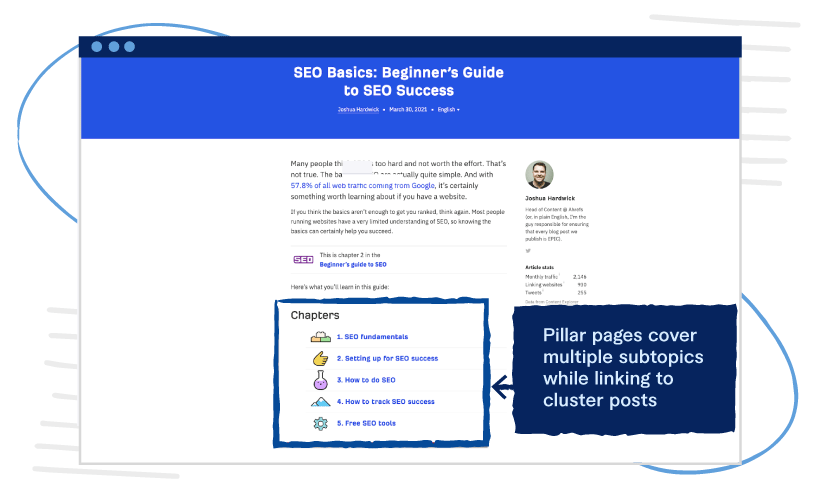
5. Be smart with content syndication
Content syndication is a time-tested strategy that helps business maximize their reach.
In simple terms, content syndication is the process of re-publishing content through various channels and services. That includes websites like Medium, LinkedIn articles, and the Buffer Library to name a few.
Syndicated content contains links to the original source. However, it can trigger duplicate content errors if you don’t use proper canonicalization.
Canonical tags work by telling search engines where to find the original source of syndicated content. Websites like Medium automatically do this, but some sites do not. So reach out to the various content syndication channels you use to make sure they are using canonical tags.
6. Collaborate with other experts
Getting links from authoritative sources is the key to achieving high search engine rankings.
A great strategy for smaller brands is to create interview posts with an influencer, thought leader, or anyone who can be considered an expert on a given topic. In exchange for being featured, the interviewee would gladly share and link to the interview post—rewarding the brand with exposure and a much-needed backlink for SEO.
Here’s an example of an interview post done right from MarketingProfs:
Image Source: MarketingProfs.com
Other content types you could use to get backlinks from authoritative sources are:
- Expert roundup posts
- Review posts
- “Awards” posts
7. Publish original research
Authoritative content creators love to cite statistics to back up their claims. Give them something to link to by publishing original research with up-to-date, relevant data.
It sounds like a high-budget undertaking, but it’s easier than most brands think.
For one, there are loads of survey tools on the web that can help anyone come up with unique information. You could use Google Forms or the built-in survey and polling features on social media platforms.
Image Source: Forms.Google.com
Apart from surveys, brands can also generate first-party data directly from customers or through analytics. They can publish case studies, write white papers, and create infographics to make their data more valuable (and “linkable”) for industry experts.
8. Stop ignoring structured data
In modern SEO, there is more you can pursue than just reaching Google’s first page.
Plenty of real estate on the SERPs is up for grabs. Rich results, in particular, are notorious for stealing traffic away from organic search engine results. Some examples of rich results are:
- Article carousels
- FAQs
- “How-to” guides
- Local business information
- Videos
Image Source: Google.com
Eye-catching results effectively prevent organic listings from getting the traffic they deserve. That’s why businesses need to optimize for rich results if they want to reap the full benefits of their SEO efforts.
9. Optimize for mobile
Mobile web traffic dominates the internet in terms of traffic share. In response, search engines like Google now look at a website’s mobile version first when evaluating rankings.
Unfortunately, some businesses still haven’t caught on to mobile-first indexing.
If you’re part of that group, be sure to have a mobile-first approach in every aspect of your digital marketing. That includes web design, social media, and content optimization.
There are a few things brands should remember when creating content with a mobile-first approach:
- Avoid using large images or screenshots with small text
- Keep sentences short and crisp
- Break down long paragraphs
- Use plenty of white space
- Add a clickable table of contents
Also, don’t forget to use tools like Google’s Mobile-Friendly Test to optimize your website for mobile devices.
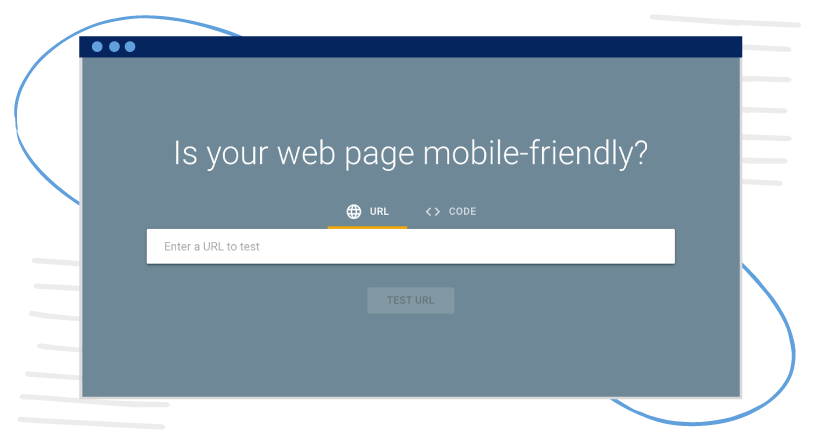
10. Use first-party data
The use of third-party cookies to obtain valuable audience insights may still be here—but not for long.
In 2023, Google Chrome will phase out third-party tracking cookies as part of the company’s Privacy Sandbox milestones. By then, businesses will be forced to find new ways to acquire precious data that will help them understand their target audience.
A proposed solution is to build first-party data hubs through traffic analytics and surveys. Investing in platforms that analyze user data, such as CRM and social media management software, can also enable businesses to keep using audience insights to tailor their content marketing strategies.
Frequently Asked Questions About SEO
1. How can I improve my SEO campaigns?
Improving SEO requires businesses to up their game and focus on multiple strategies that make them stand out. The top strategies include optimizing website performance, understanding keyword search intent, creating stunning content, optimizing for rich results, and building topic clusters.
2. Is SEO important in 2024?
Yes, SEO is still a crucial component of every brand’s digital marketing strategy in 2024. As long as there are people using search engines to find information online, SEO will continue to be valuable.
3. How much does SEO cost?
The average cost of SEO rose to around $750 to $2,000 per month or more for small businesses. One-time SEO projects, on the other hand, can cost anywhere between $5,000 and $30,000.
4. Will SEO exist in 5 years?
SEO is likely to stay relevant in the next five years and beyond. Year after year, massive changes in search engine algorithms occur, but none of them really ever diminished the importance of SEO in marketing.
Keeping your SEO content strategy on point
At the end of the day, content has been and will remain the top SEO priority.
SEO cannot exist without content! It’s easy to let your content strategy become some vague bullet-pointed list in a strategy document that nobody on your team opens. And we’re here to tell you that you can get tremendous results from having a well-maintained and thought-out content strategy.
If you’re ready to plan your 2022 SEO strategy, use the form below and get in touch with one of our SEO content experts.
